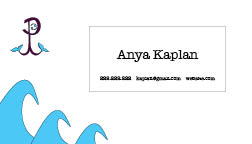Final Portfolio
On the first day of class, when we covered an introduction to coding, I was quite overwhelmed. I honestly was a bit concerned, as I thought to myself, “This isn’t what I signed up for”. The following few classes changed my mind, and I became excited and interested in what we were learning and creating. Being my first time in a digital media class, I was quite challenged by the programs we were expected to use. However, I shortly realized that once you start using the programs and playing around with them, you can catch on quickly. Throughout each project and assignment, I found it quite satisfying being able to complete the task, and do something creative that I have never done before! Creating this Final Portfolio was quite exciting! It was very cool to be able to go back through all of my works from the beginning of the semester to see how much I have improved.




